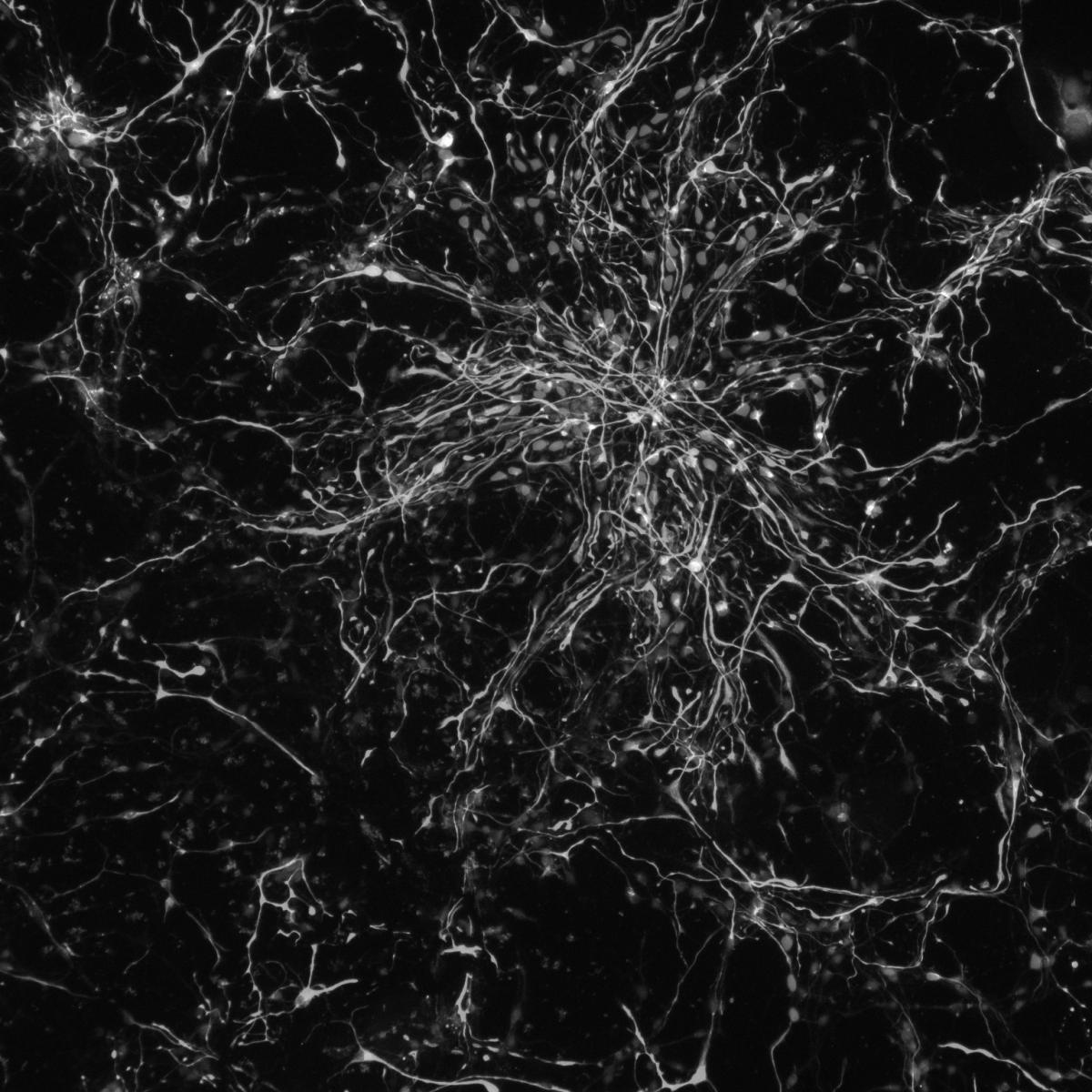
Xinshu (Grace) Xiao, Ph.D.
- Professor, Integrative Biology and Physiology

Xinshu (Grace) Xiao, Ph.D., investigates how RNA regulatory mechanisms shape gene expression in the brain and in cancer. By combining computational and experimental approaches, she seeks to uncover how disruptions in these processes contribute to neurological disorders and tumor development, with the ultimate goal of identifying new therapeutic targets.
Xiao is a computational and molecular biologist who integrates wet-lab experimentation with the development of novel computational tools to study RNA editing, alternative splicing, double-stranded RNA biology and untranslated region, or UTR, regulation. A major focus of her work is on A-to-I RNA editing by ADAR1, a process that prevents immune activation by endogenous double-stranded RNAs. She was the first to perform CLIP-seq of human ADAR1, uncovering its diverse roles in RNA processing and revealing how editing disruptions contribute to neurological disorders such as autism, schizophrenia and Alzheimer’s disease.
She has also made significant contributions to understanding how genetic variants affect splicing and mRNA stability, developing high-throughput reporter assays and algorithms for large-scale functional annotation of RNA regulatory elements. Her recent work leverages stem cell-derived neurons to model how loss of RNA editing leads to neuroinflammation, yielding new insights into the molecular mechanisms underlying neurological disorders.
In parallel, Xiao explores how RNA editing and UTR variation influence tumor biology, aiming to identify post-transcriptional changes that could serve as biomarkers or therapeutic targets. The long-term goal of her research is to translate discoveries in fundamental RNA biology into novel strategies for treating neurological diseases and cancer.
Research Projects
- Defining how RNA Short for RiboNucleic Acid, this molecule carries genetic messages from DNA and is found inside living cells. These messages tell cells to make the proteins that play many critical roles in the body. RNA Short for RiboNucleic Acid, this molecule carries genetic messages from DNA and is found inside living cells. These messages tell cells to make the proteins that play many critical roles in the body. editing by ADAR1 regulates innate immune responses in the brain and how its disruption contributes to neurodevelopmental and neurodegenerative disorders
- Investigating the role of double-stranded RNAs in triggering neuroinflammation and disease progression
- Mapping the impact of genetic variants on splicing, RNA stability and translation using computational models and large-scale reporter assays
- Developing and applying computational tools to systematically annotate RNA regulatory elements across brain cell types and disease states
- Exploring how RNA editing, splicing and UTR variation contribute to gene expression changes in cancer
-
Post-doctoral Fellowship
- Computational and Systems Biology, Massachusetts Institute of Technology, 2008
Degree
- Ph.D., Health Sciences and Technology, Harvard Medical School and Massachusetts Institute of Technology, 2004
